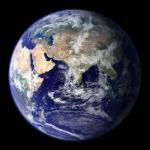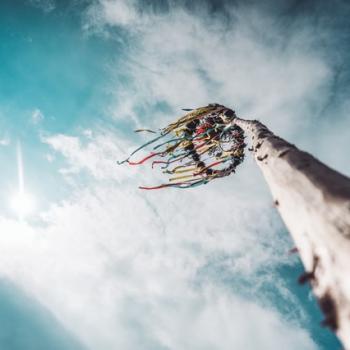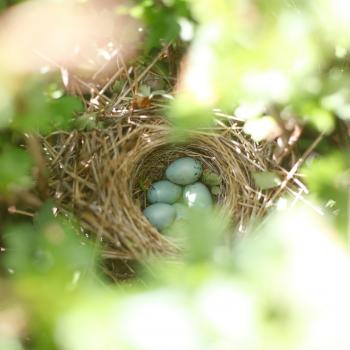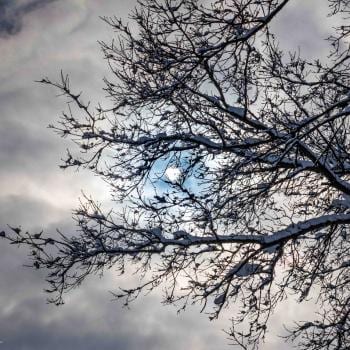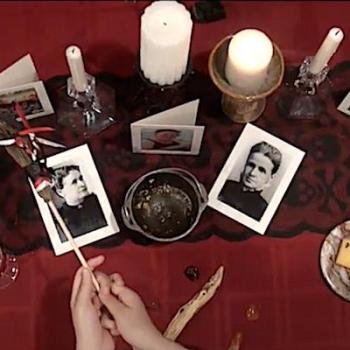July 4, 2016 (240 years since Fourth of July, 1776)
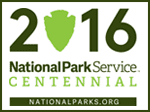 July 4th traditionally marks the day the first thirteen colonies declared independence from England. It is the most celebrated civic holiday in the United States. Two actions by President Obama recently have caused me to look at this annual holiday differently. He visited Yosemite National Park to celebrate the Centennial of the National Parks System; and he declared the location of the Stonewell Riots for LGBT rights that broke out in 1969 a National Monument. Though distinctly different, honoring these two locations brings into focus the central themes of interdependence – our legacy of protecting common public spaces and our shared vision of liberty for all.
July 4th traditionally marks the day the first thirteen colonies declared independence from England. It is the most celebrated civic holiday in the United States. Two actions by President Obama recently have caused me to look at this annual holiday differently. He visited Yosemite National Park to celebrate the Centennial of the National Parks System; and he declared the location of the Stonewell Riots for LGBT rights that broke out in 1969 a National Monument. Though distinctly different, honoring these two locations brings into focus the central themes of interdependence – our legacy of protecting common public spaces and our shared vision of liberty for all.
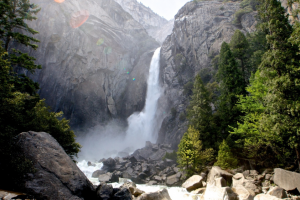
The National Park Service was created on August 25, 1916 and will officially become 100 years old on August 25, 2016. On June 18, Father’s Day weekend, while standing before a waterfall in Yosemite Park, the President remarked: “It’s as if the spirit of America is right here.”
A little background adds weight to President Obama’s choice of Yosemite Valley as one of two sites he visited for this commemoration. The valley, whose granite cliffs awed pioneers, was first protected from private development by Abraham Lincoln in 1864.The famed naturalist John Muir successfully lobbied to protect the surrounding forests, which were overseen by the U.S. Army until the Park Service was created in 1916. President Obama commented about Muir: “He gave life to what has been called America’s best idea – our national parks.”
He went on: “In the next hundred years protecting our sacred spaces is even more important.” He explained how these natural sites should be treated with reverence. He also emphasized the importance of dealing with climate change, calling for measures to further protect the nation’s natural wonders. The danger is now and cannot be put off into the future. See him delivering his remarks in a meadow in Yosemite Park at: Obama’s Speech at Yosemite
![The Stonewall Inn, 1969 (from New York Public Library public domain images). Photo by Diana Davies. Picture credit: Manuscripts and Archives Division, The New York Public Library. Stonewall Inn [3] Retrieved from Digital Collections, NYPL](https://wp-media.patheos.com/blogs/sites/857/2016/07/1607Liz-Fisher_c-197x300.jpg)
The Monument includes land around the Inn that is related to its historical significance. In the wake of the hateful tragedy in Orlando, Florida on June 12, where many LGBT identified individuals were murdered and injured, LGBT people and their supporters in New York headed again to Christopher Park which is across from Stonewall Inn and now part of the Monument. They stood together for the fundamental values of equality and dignity.
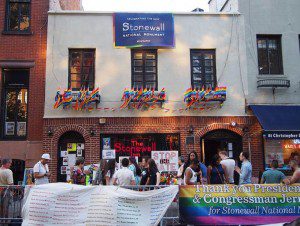
Picture credit: Rhododendrites, Wikimedia
So, how can we benefit from the strands of our diversity, not just be tolerant, but explore how we might actually appreciate what each of the strands contributes to the overall tapestry of this nation? How do we get people of all ages excited about being out of doors and exploring the gifts of nature?
Try this easy way. Take advantage of the wealth of experience, information, and inspiration the National Parks provide in virtual space of the internet if not in person. The diversity of foci is impressive. The range spans places of natural, cultural, and historical note.
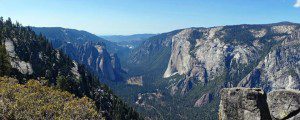
Picture credit: National Park Service, public domain
One initiative that was enacted last year is something we should be sure families know about. It’s called Every Kid in a Park. The program provides free passes to all fourth graders and their families to 2,000 federally managed lands, waters, and historic sites. More information is available at: Every Kid in a Park For more on all the parks, check out: National Park Service and National Park Foundation
At the beginning of June, the Postal Service issued a sheet that includes 16 different stamps, all of them showing views of national parks — plants, animals, artwork, objects, and structures found in or associated with a national park. They celebrate the more than 400 national parks in the United States—breathtaking vistas and landscapes of unparalleled beauty and also monuments, historic sites, memorials, battlefields, and more. Visit National Parks Stamps
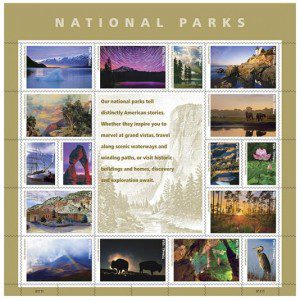 Holding Earth-based spiritualities as central to our lives, then, gives us the ability and motivation to aid others of all ages in experiencing the reality of interdependence. Promoting these resources on nature and varied strands of our human community provides a unique outreach opportunity. Letting schools, community groups and congregations know of these could lead to both expanded social connections and increased enjoyment of our common heritage and experience.
Holding Earth-based spiritualities as central to our lives, then, gives us the ability and motivation to aid others of all ages in experiencing the reality of interdependence. Promoting these resources on nature and varied strands of our human community provides a unique outreach opportunity. Letting schools, community groups and congregations know of these could lead to both expanded social connections and increased enjoyment of our common heritage and experience.
President Obama wrapped up his short address at Yosemite Park with this sentiment: “The beauty of the National Park system is that it belongs to everybody. It is a true expression of our democracy. There is a notion that we all look after ourselves and our families, that we work hard and make money and we have our own homes and apartments, televisions and cars; but then there is that part of us that is part of everybody. Something we have in common, something we share. A place where we connect with each other and connect to something bigger than ourselves. What an incredible idea. What a worthy investment. What a precious thing we have to pass on to the next generation. Let’s make that happen.”


